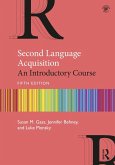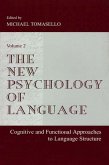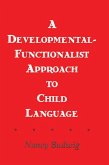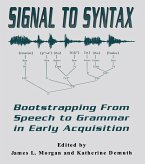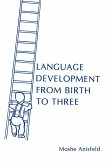The particular questions that are raised by contributors include:
* What kinds of constraints operate on the process of language development?
* Which aspects of the acquisition process depend on language-specific mechanisms?
* Are there critical brain structures necessary for the acquisition of language?
* What role do cognitive and social mechanisms play in language development?
* How critical is perceptual input about the physical and social world?
* What is the specific role played by linguistic input in the child's construction of a linguistic system?
Questions are addressed from the perspective of children who come to the task of acquiring language with many hurdles to overcome, including deafness and blindness, mental retardation, autism, and prenatal or perinatal brain damage involving the left hemisphere.
Each section contributes some insight on how an innate language-specific biological substrate interacts with cognitive and social factors, as well as external information, to support the child's construction of a linguistic system. Studies of atypical children offer a singular contribution to this enterprise by allowing us to see the specific influences of each component, and in turn, they shed new light on how all children are able to acquire language so effortlessly and during such a brief period of development.
Dieser Download kann aus rechtlichen Gründen nur mit Rechnungsadresse in A, B, BG, CY, CZ, D, DK, EW, E, FIN, F, GR, HR, H, IRL, I, LT, L, LR, M, NL, PL, P, R, S, SLO, SK ausgeliefert werden.




